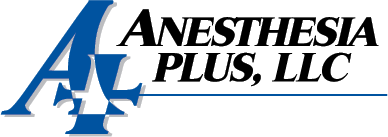For over 25 years, physicians, surgery centers, and hospitals have been choosing Anesthesia Plus for the high-quality new and refurbished medical and O.R. equipment they need. We ensure that all of the equipment we sell looks and functions like new with meticulous attention to detail, and we offer knowledgeable tech support to ensure optimal equipment function.
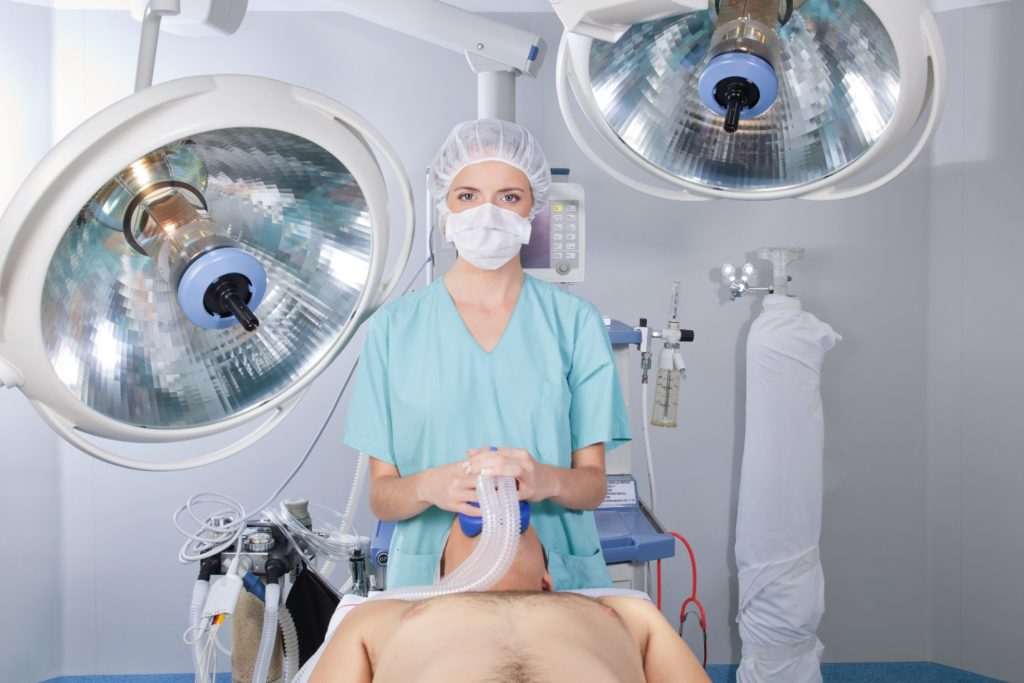
Anesthesia systems by Drager and Ohmeda are an essential part of surgery. Not only do they allow procedures to be performed without pain to the patient, but they also ensure patient safety throughout, allowing surgeons to achieve the best possible results.
Beneficial Elements of Drager Modern Anesthesia Systems
Today’s anesthesia workstations offer integration of anesthesia, respiratory gas delivery, and monitoring systems. Several elements come together to achieve this, including agent vaporizing and information management.
Circle System
Most anesthesia units employ a circle system in which internal connections reduce the possibility of lines becoming disconnected or being connected incorrectly. Compact circuits are used with the goal of reducing circuit volumes, which ultimately allows the composition of gas at low flows to be changed quickly.
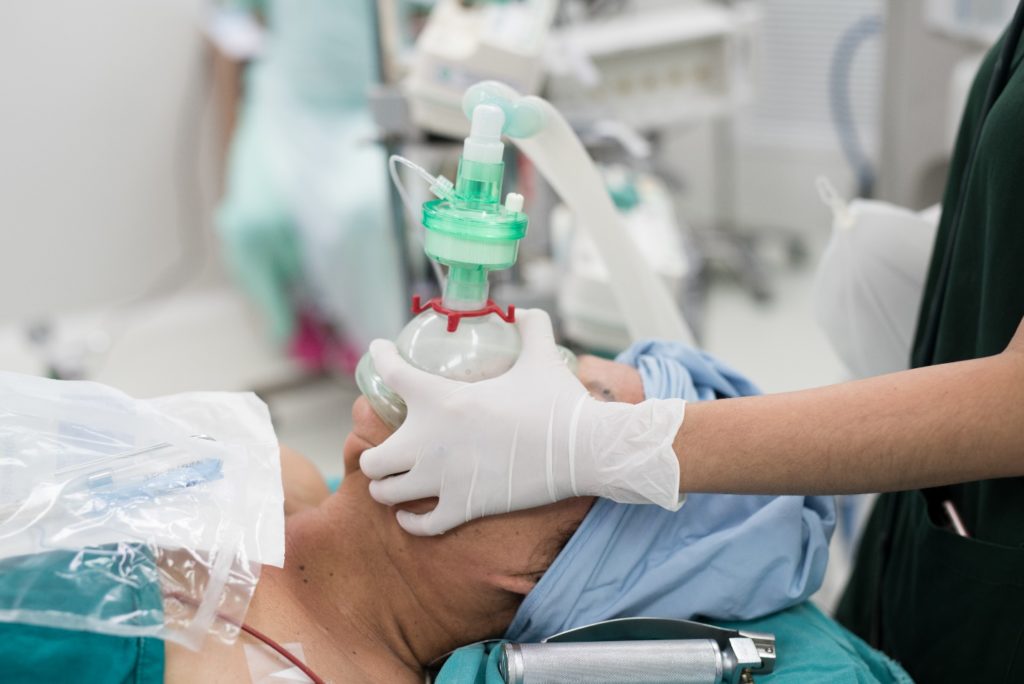
Disposable CO2 Absorbers
CO2 absorbers, now a disposable feature on Drager and other systems, allow for easy replacement without major disruption to the delivery of anesthesia gas. Many of these systems now have automatic bypass valves, which allow CO2 absorbers to be changed, but without causing a disturbance to gas composition or causing a gas leak.
Piston Ventilators and FGD
Drager anesthesia systems use piston ventilators. Unlike bellow ventilators, pistons are more precise. Fresh Gas Decoupling or FGD is another feature of Drager’s newer anesthesia machines. The benefit of fresh gas decoupling is that it prevents FGFs from being added to the delivered tidal volume. It also prevents volutrauma and barotrauma from occurring.
Electronic Flow and Auto Check
Many of today’s Drager systems, such as Primus, have electronic flow meters. Microprocessors control flow, and virtual or digital displays provide detailed information. Knobs are still present on modern systems and are operated via the turn-and-press method, with the press being required in order to execute the changes made.
Determining problems with anesthesia systems is easier, thanks to auto machine check or self-testing. This feature enables the system to not only detect faults but repair them as well. Of course, it needs to be remembered that this check may not uncover all faults with a system.
Ergonomic Display Screen
Many Drager systems, including the Primus, are equipped with an ergonomically organized display screen. These systems see ventilation and gas flow parameters being placed at the bottom bar, while above are airway pressure, delivered ventilation tidal volume, and gas flow.
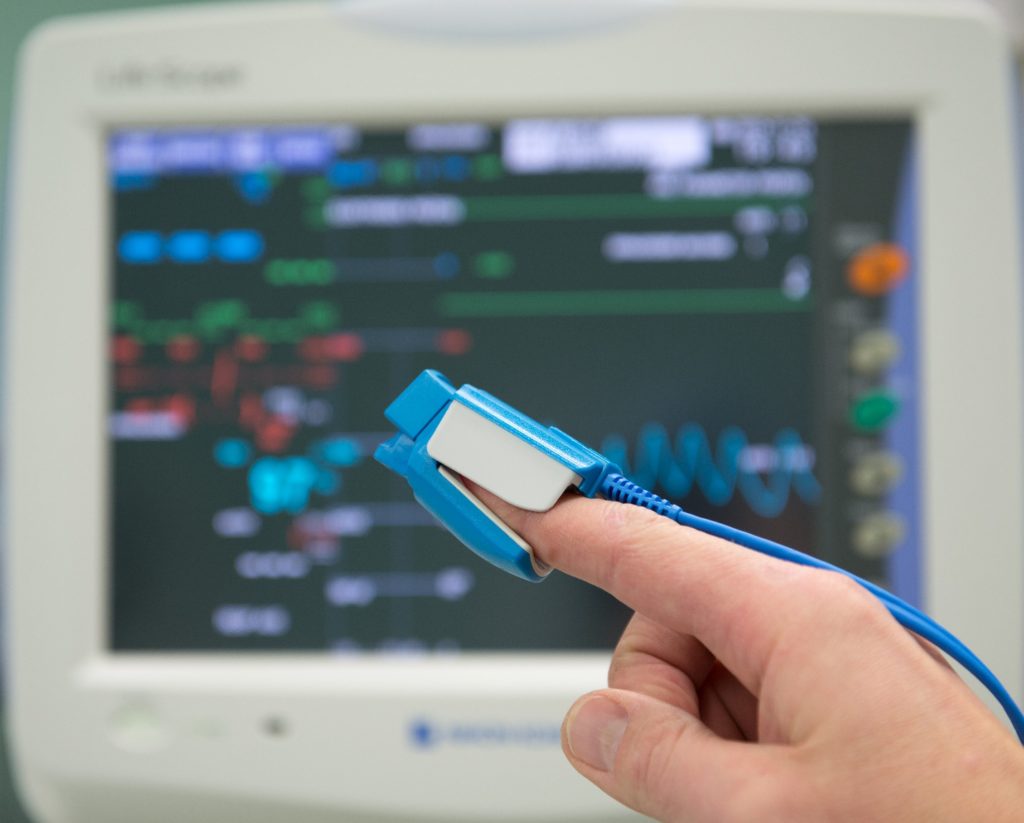
At the top right of the screen are respiratory variables and ventilator graphics, while anesthetic agent monitoring is reserved for the top left panel.
Duplicate Effort, Eliminated
The correct documentation of patient medical histories is critical when they face anesthesia. Drager has improved the availability of patient data and the way in which it is collected by using LiquidOffice.
Modern used medical equipment with this feature eliminates duplication, which accelerates the flow of information. It also increases the productivity of staff while helping improve patient care by supporting automated workflow processes.
Beneficial Elements of Ohmeda Modern Anesthesia Systems
Just as with Drager systems, the Ohmeda has also integrated several elements. These include information management, agent vaporizing with patient monitoring, gas delivery, and advanced ventilation features.
New Levels of Data Integration
Many Ohmeda anesthesia delivery units not only use electronic gas and anesthesia delivery control but also employ an intuitive user interface on the units’ three major components. These components are the anesthesia record keeper, the monitor, and the delivery unit.
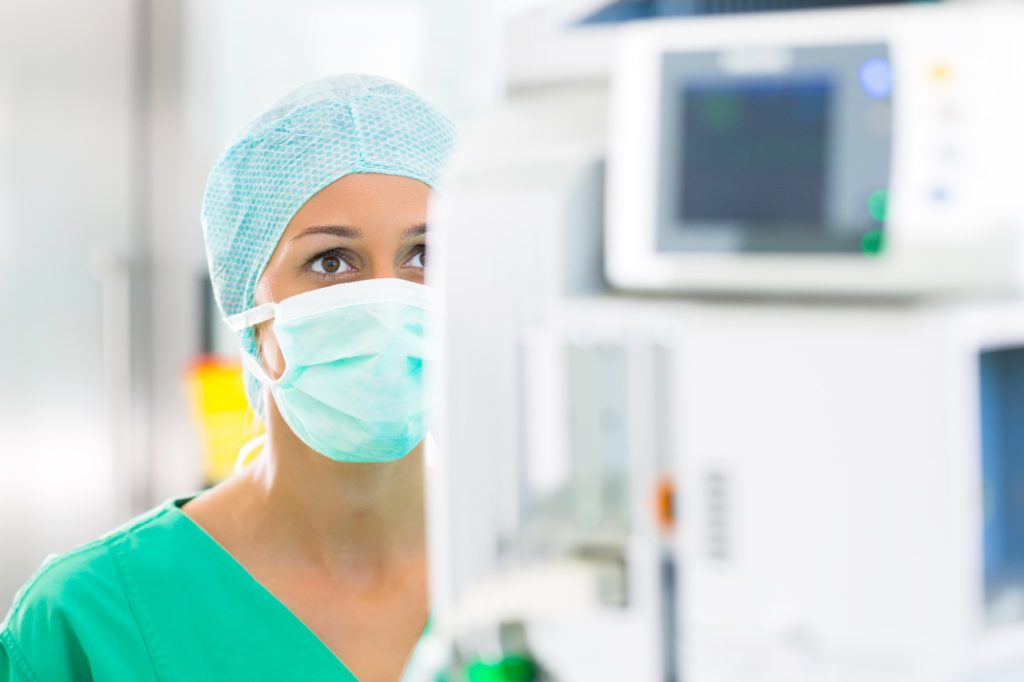
Data produced by the Ohmeda unit is able to be configured on a full-color screen. Patient monitored values appear on one screen, while anesthesia delivery settings appear on another. A third display is also available for integrated anesthesia recording.
A single unit can be linked to a network of other Ohmeda units, including those in hospitals. This allows a system to interface with others, which can help with troubleshooting and calibration.
Customization
Ohmeda anesthesia units like the Aestiva offer integrated monitor controls and four display options. A 15” or 17” high-resolution color video display and 10.4” or 15” flat panel LCD color display is available. The display layout and its colors are completely configurable, and up to eight waveforms can be supported on a single screen.
Each screen has split-screen capability, which can show minitrends, EP, EEG, spirometry loop, and ST for used hospital equipment on a permanent basis. As well, four completely configurable graphical trend pages are available.
Alarm System
The alarm system on Ohmeda units exists in three categories, categorized according to critical care priority in terms of color and audio tone. Alarm limits are set by referencing 10-minute graphical minitrends. They offer a central alarms display as well as an adjustment page.
Entropy Measurement
Ohmeda systems include the option to attach a plug-in entropy measurement module. The module, which contains an Entropy algorithm, monitors the state of the patient’s central nervous system while anesthetized.
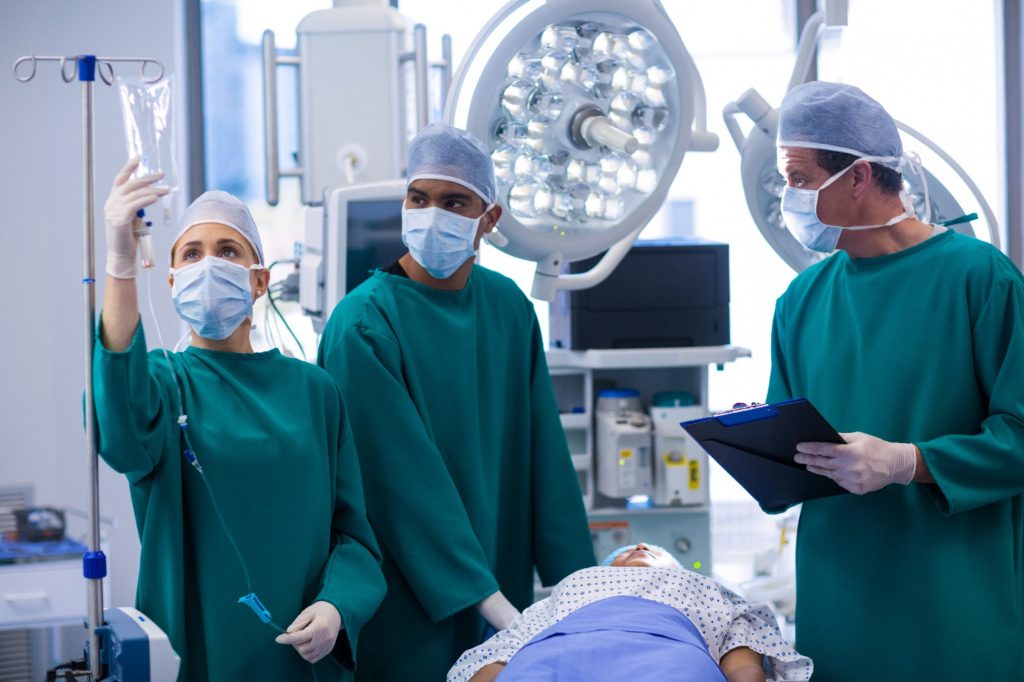
Clinicians who choose Entropy measurement may be able to ensure a more predictable wake up, as well as faster extubation. As well, the unit can allow for improved management of drugs, in addition to decreased side effects. Unnecessary deep anesthesia, as well as unexpected recovery, can be prevented when the Entropy model is used.
Two Entropy parameters, response and state, are available with the module to detect facial muscle activation and assess the effect of anesthetic drugs on the brain.
No Need for ICU Ventilator
In some units, such as the Aestiva, the selected capabilities of ICU ventilators is included. This saves having to spend on a separate ICU ventilator. Called SmartVent, this flexible feature has been ergonomically designed and is intuitive, giving clinicians the benefit of an optimized low and minimal flow anesthesia system.
Open Architecture and Built-In Service
Ohmeda systems possess an open architecture, which allows flexibility of using current data management systems and monitors with used medical supply equipment. This allows for physical integration without added cost. Service diagnostics are built in to ensure timely troubleshooting and cost-efficiency.
The Importance of Current Options
In order to ensure that more time can be focused on the patients and less on managing equipment, it’s important to ensure that equipment is current. Current options also benefit care centers and hospitals by allowing for a greater range of patients to be treated, including those who require spontaneous breathing.
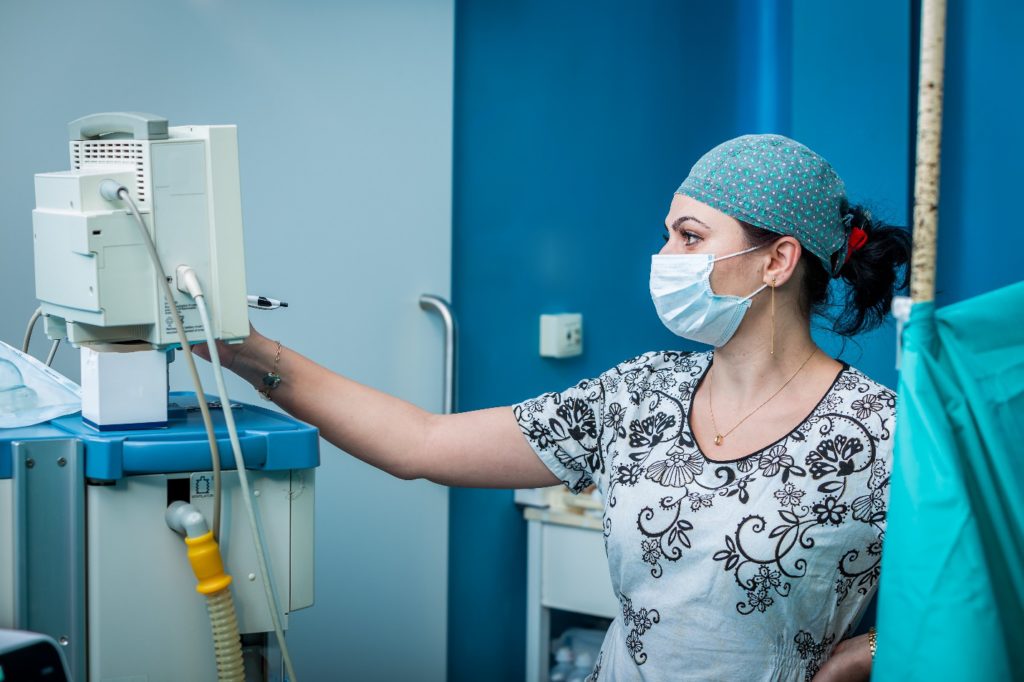
Modern anesthesia systems can help to maintain normal CO2 levels while decreasing the work of breathing for the patient. They also are easy for clinicians to use. Some units, for example, offer simple control, drop-down menus and a user interface that’s straightforward and centralized with logical data display.
These current units, while requiring a continuous supply of electricity, also have battery backup in case of power failure. Even if a failure occurs, modern systems will be capable of delivering oxygen via separate mechanical flow meters. They will also allow the unit to be controlled manually.
AIMS – An Important Feature
AIMS, or an Anesthesia Information Management System, is now a common feature in today’s anesthetic units. AIMS allows health information to be recorded electronically. Of course, this increases the reliability of data collection, as well as the reliability of the storage of that data.
This combination of software and hardware can interface with other monitors, automatically transcribing ventilator parameters and vital signs. It can also allow for the manual recording of drug administration and intubation.
All told, the inclusion of AIMS in modern anesthesia systems allows for patient response to anesthesia to be more accurately recorded so that the clinician’s focus can remain on the patient themselves.
Benefits of Upgrading Your Equipment
Upgrading your anesthesia and other medical equipment has several benefits. Most importantly, it allows you the opportunity to offer patients the same level of quality care. As well, in upgrading your equipment, your number of new patients may increase.
Newer equipment that offers the latest in patient monitoring, gas delivery, and similar functions can result in a more satisfying patient experience.

There is no doubt that new or refurbished equipment can save you money and offer patients a greater variety of treatment options. To learn more about the benefits of Drager, Ohmeda, and other anesthesia and O.R. equipment, contact Anesthesia Plus at 1-800-887-8161.
